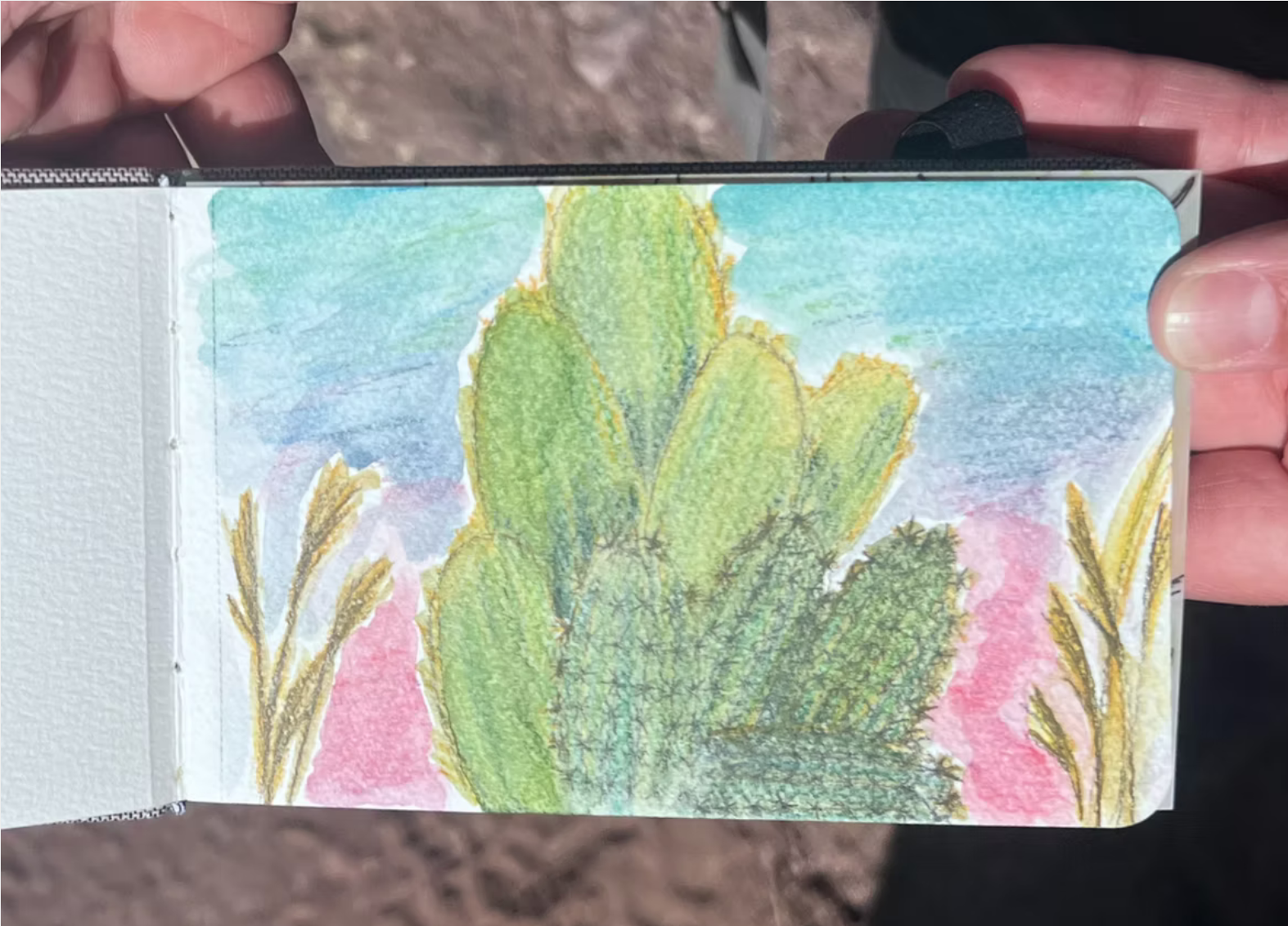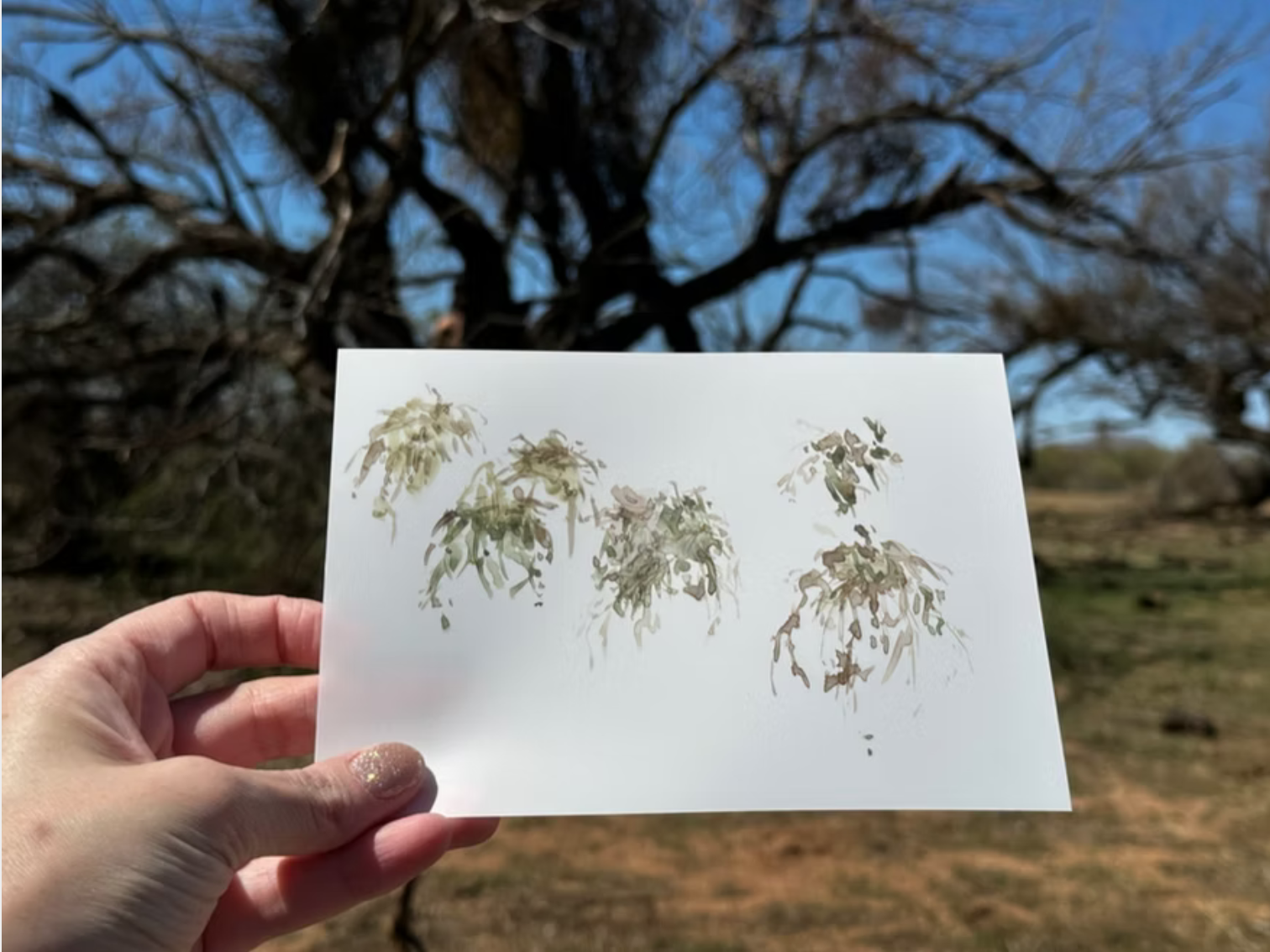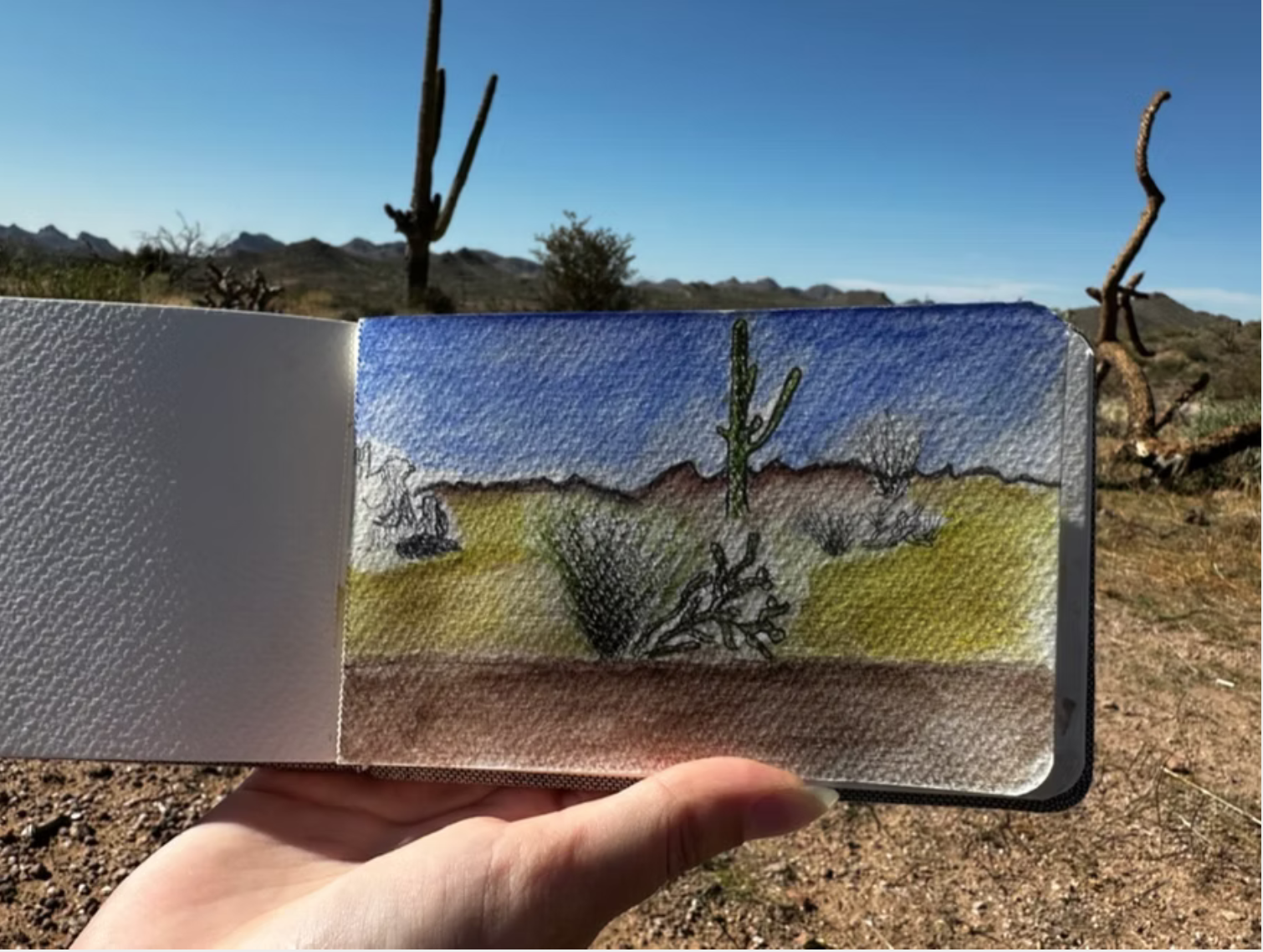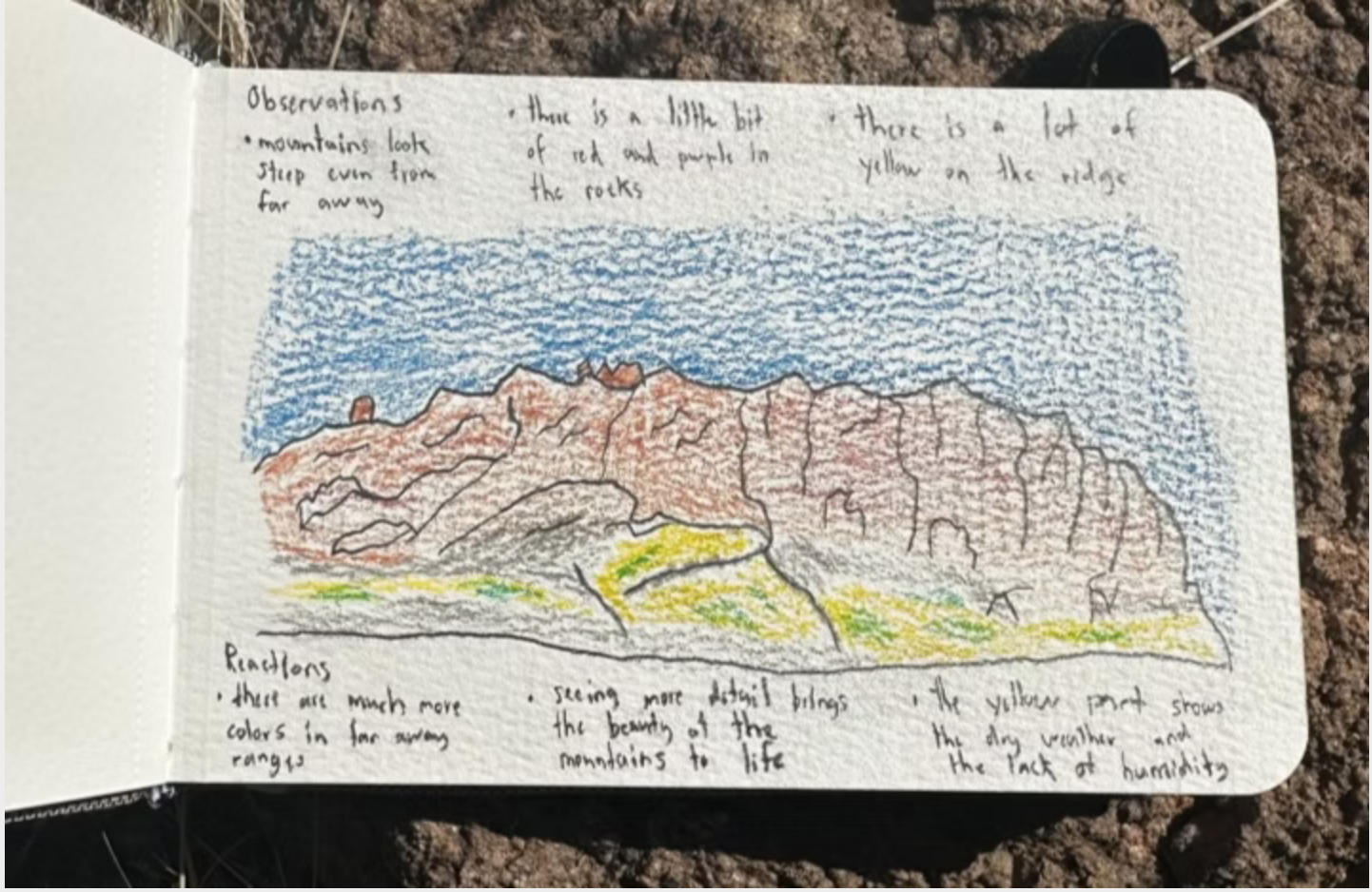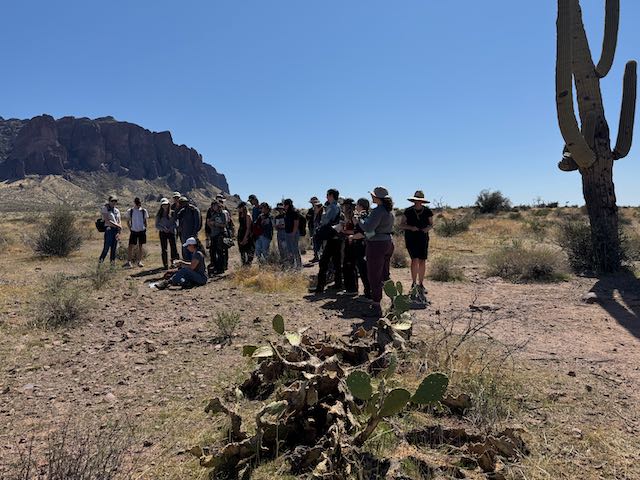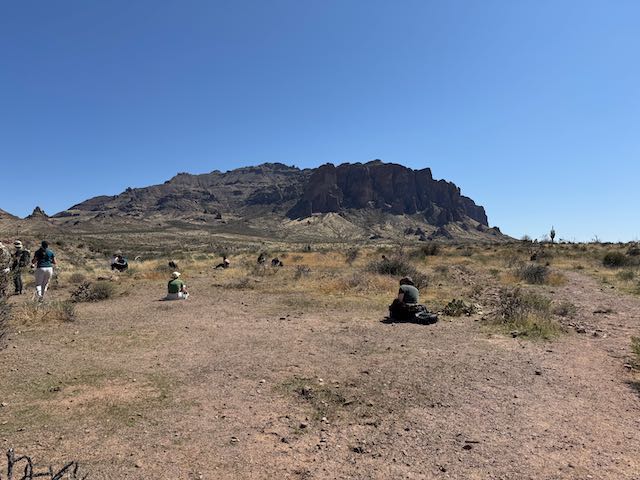Outreach
Drylands are often misunderstood as barren environments with little human value. In reality, they are vital ecosystems that influence global climate and biogeochemical cycles. A critical part of DeAD’s mission is to share our research results with the broader community through teaching and community outreach projects. Here are some of our current outreach activities.
IMOLD - the interactive model of decomposition
The interactive model of leaf decomposition (IMOLD) is an NSF-supported mathematical model of decomposition that is designed to be a teaching tool for young scientists (middle to high school learners) who are exploring decomposition. In addition to the model, IMOLD publishes animated lessons and classroom activities for teachers and students. DeAD is supporting development of a dryland decomposition model within IMOLD.
Check back here or on the IMOLD page to see the dryland IMOLD module. We anticipate a 2026 launch date.
Data Rescue
Details forthcoming on this project.
Art-Science Teaching Collaboration
Rapid growth in urban drylands (e.g., Phoenix and Las Vegas) suggest that a change in the cultural perception of drylands as low value lands is needed to protect and sustain these systems. However, scientists often lack the skills and training to effectively communicate with the public; even ASU science students surrounded by the visually stunning Sonoran Desert typically have little experience beyond urban cityscapes. Visual art is a powerful aid in communication. Unfortunately, visual artists often have little or no training in communicating scientific ideas.
We are working with artist Heidi Hogden to create a co-learning environment for science and art students to explore and describe dryland ecosystems. Students are combining scientific concepts with art, experiencing dryland environments via field trips and practicing their science and visual communication skills. See our art-science project website for more details.
Photo Gallery
